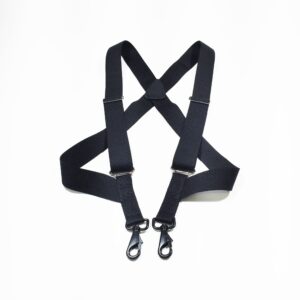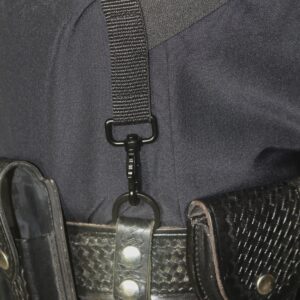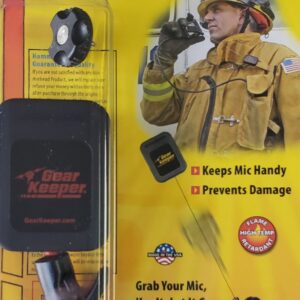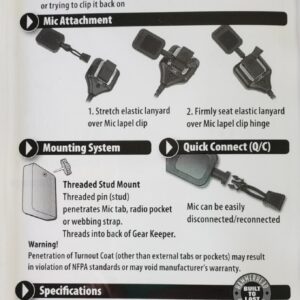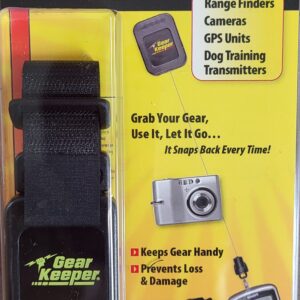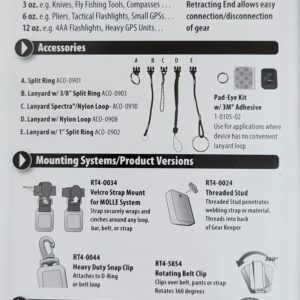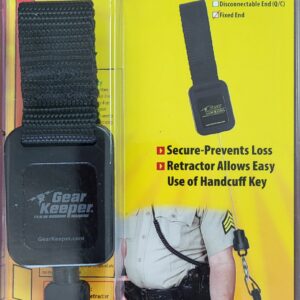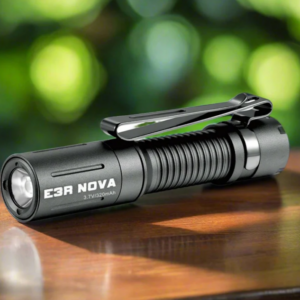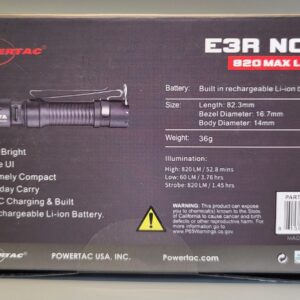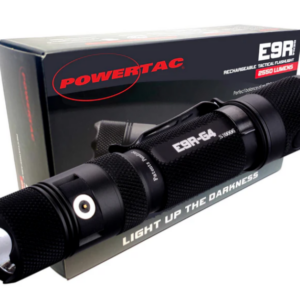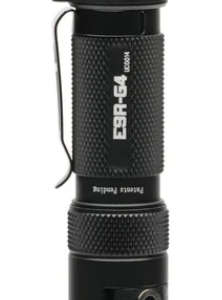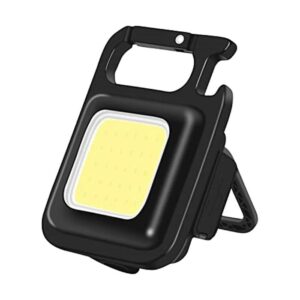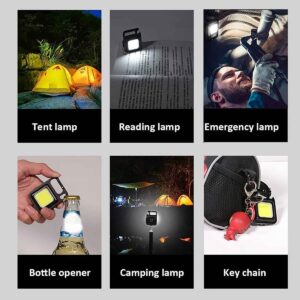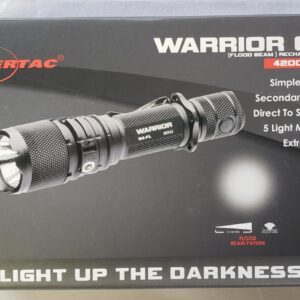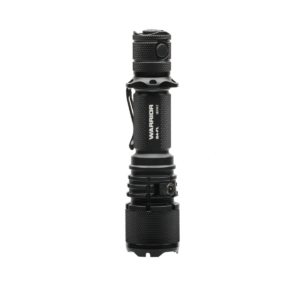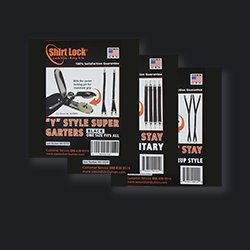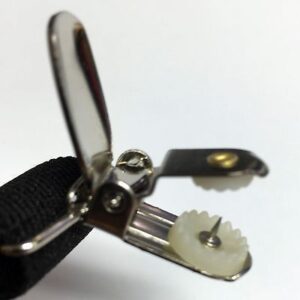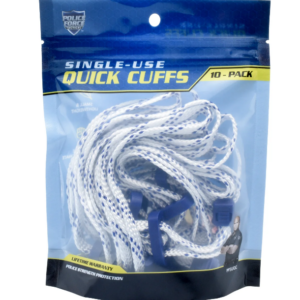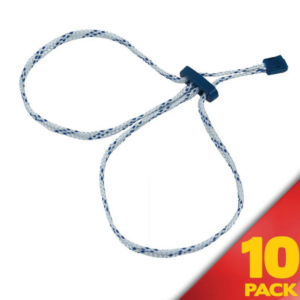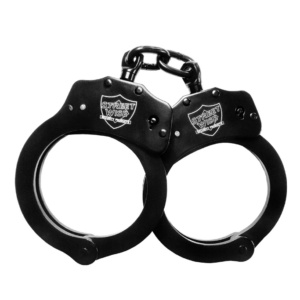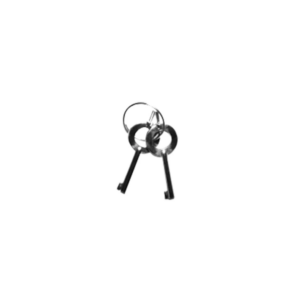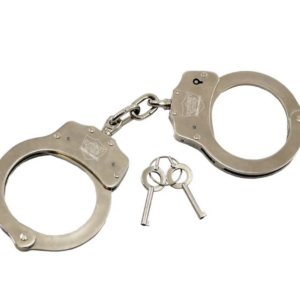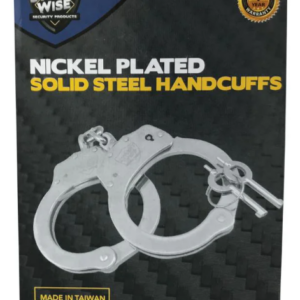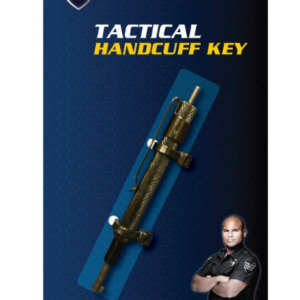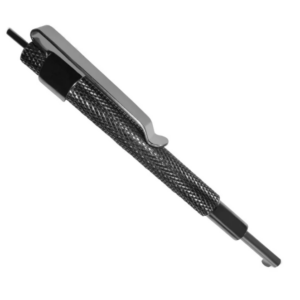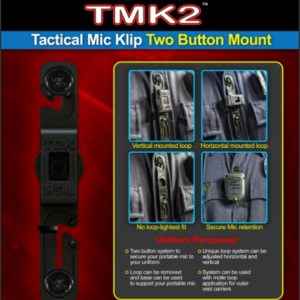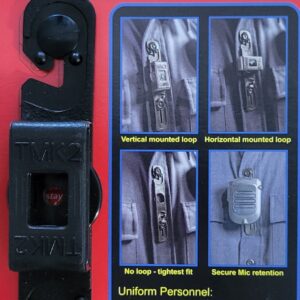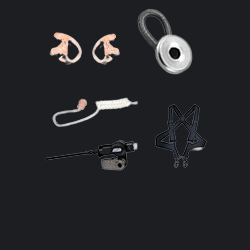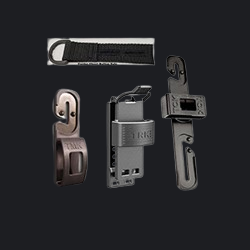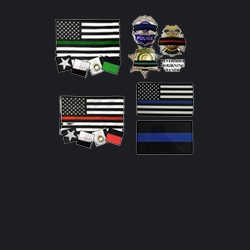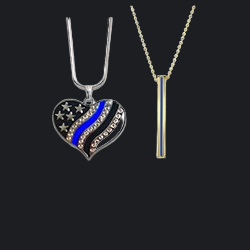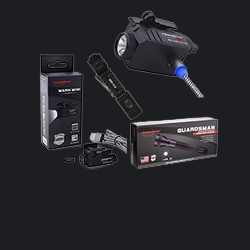
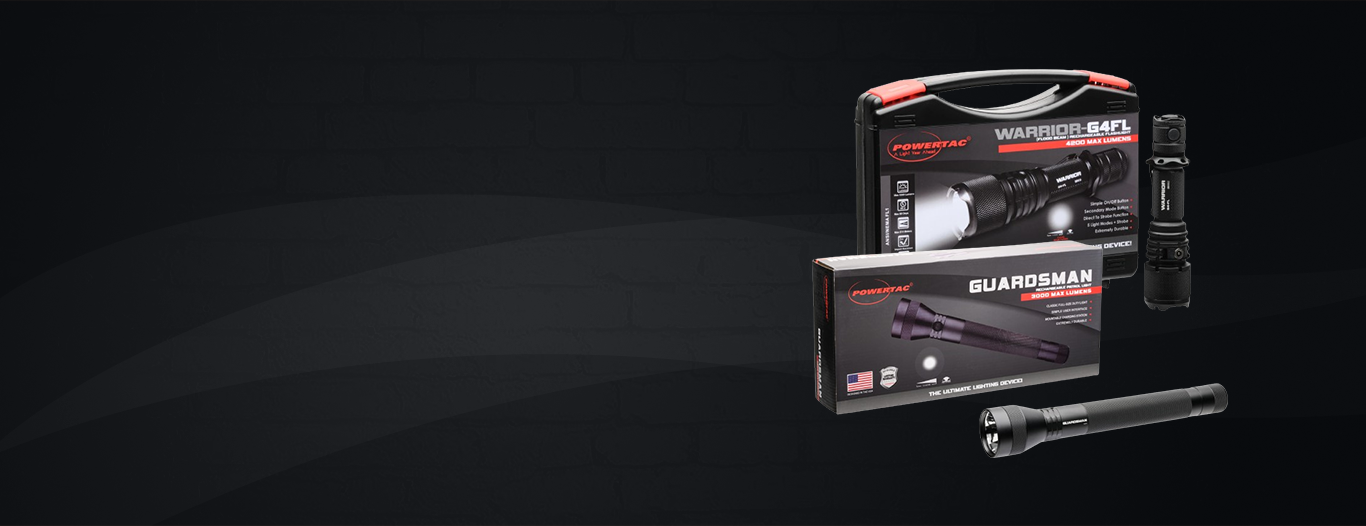

Options
BY WESOL DISTRIBUTION
.
 Shirt Lock
Shirt Lock
 Undergarment Belt
Undergarment Belt
 Lock it in Keep it in
Lock it in Keep it in
 Keeps your shirt tucked all day
Keeps your shirt tucked all day
 You only get one chance to make a good first impression.
You only get one chance to make a good first impression.
 Keep your uniform looking neat and sharp all day long
Keep your uniform looking neat and sharp all day long
Flashlights
BY POWERTAC RECHARGEABLE
.
 5 LEVEL LIGHT INTENSITY WITH STROBE AND SOS FEATURE
5 LEVEL LIGHT INTENSITY WITH STROBE AND SOS FEATURE
 4200 MAX LEVEL LUMENS
4200 MAX LEVEL LUMENS
 LIFE TIME WARRANTY
LIFE TIME WARRANTY
BY WESOL DISTRIBUTION
.
We have a wide variety of First Responder Support Gear,
gifts and accessories ranging from Keychains to Hoodies and badge shrouds,
yeti style Tumblers and jewelry.


FREE SHIPPING



MONEY BACK GUARANTEE
100% Satisfaction
Guarantee
Featured Products
-
-
Accessories, Featured Products, Fire Rescue, Gear Keeper
Gear Keeper Retractable Fire Mic Keeper
0 out of 5
$22.95
-
-
-
-
Accessories, Featured Products, Flash lights
PowerTac E3R Nova Flashlight 820 Max Lumens
0 out of 5
$39.95
-
Featured Products, Flash lights
PowerTac E9R Gen 4 Rechargeable Tactical Flashlight
0 out of 5
$124.95
-
Accessories, Featured Products, Flash lights
PowerTac SOL Rechargeable Keychain Utility Light
0 out of 5
$11.95
-
-
Featured Products, Shirt Keepers, Super Shirt Stays
Shirt Stay Garters – Super Stays
0 out of 5
$22.95 – $32.95Price range: $22.95 through $32.95
-
Featured Products, Shirt Keepers, Shirt Lock
Shop our Shirt Stay Belt – Shirt Lock Undergarment Belt
0 out of 5
$16.95 – $24.95Price range: $16.95 through $24.95
-
Accessories, Featured Products, Handcuff Accessories
Single Use Quick Cuffs – 10 Pack
0 out of 5
$29.99
-
-
-
-
-
Accessories, Featured Products, Fire Rescue, Gear Keeper
Gear Keeper Retractable Fire Mic Keeper
$22.950 out of 5 -
Accessories, Featured Products, Flash lights
PowerTac E3R Nova Flashlight 820 Max Lumens
$39.950 out of 5 -
Featured Products, Flash lights
PowerTac E9R Gen 4 Rechargeable Tactical Flashlight
$124.950 out of 5 -
Accessories, Featured Products, Flash lights
PowerTac SOL Rechargeable Keychain Utility Light
$11.950 out of 5 -
Featured Products, Shirt Keepers, Super Shirt Stays
Shirt Stay Garters – Super Stays
$22.95 – $32.95Price range: $22.95 through $32.950 out of 5 -
Featured Products, Shirt Keepers, Shirt Lock
Shop our Shirt Stay Belt – Shirt Lock Undergarment Belt
$16.95 – $24.95Price range: $16.95 through $24.950 out of 5 -
Accessories, Featured Products, Handcuff Accessories
Single Use Quick Cuffs – 10 Pack
$29.990 out of 5 -
Latest Products
WESOL
DISTRIBUTION LLC
We are thankful to be living in this Great Country. We believe in
America, the American worker, the American Dream and those
who cherish our Great Country.
By clicking on the Download button, you can get a digital copy of the catalog and for any question or help with orders please call +1 321 295 7590.

Browse Our Categories





Browse Our Categories

Our Testimonials









Subscribe To Our Newsletter

